14 Things That Actually Work to Keep Wasps Away From Monarchs
Monarch butterflies are a beautiful and important part of our gardens. Unfortunately, wasps often pose a threat to their survival. Many people do not know simple ways to protect these delicate insects. This article will share fourteen helpful tricks that can make a real difference. These tips are easy to follow and can help keep monarch butterflies safe from wasps.
This post may contain affiliate links, which helps keep this content free. Please read our disclosure for more info.
Plant Milkweed Away From Wasps’ Favorite Spots
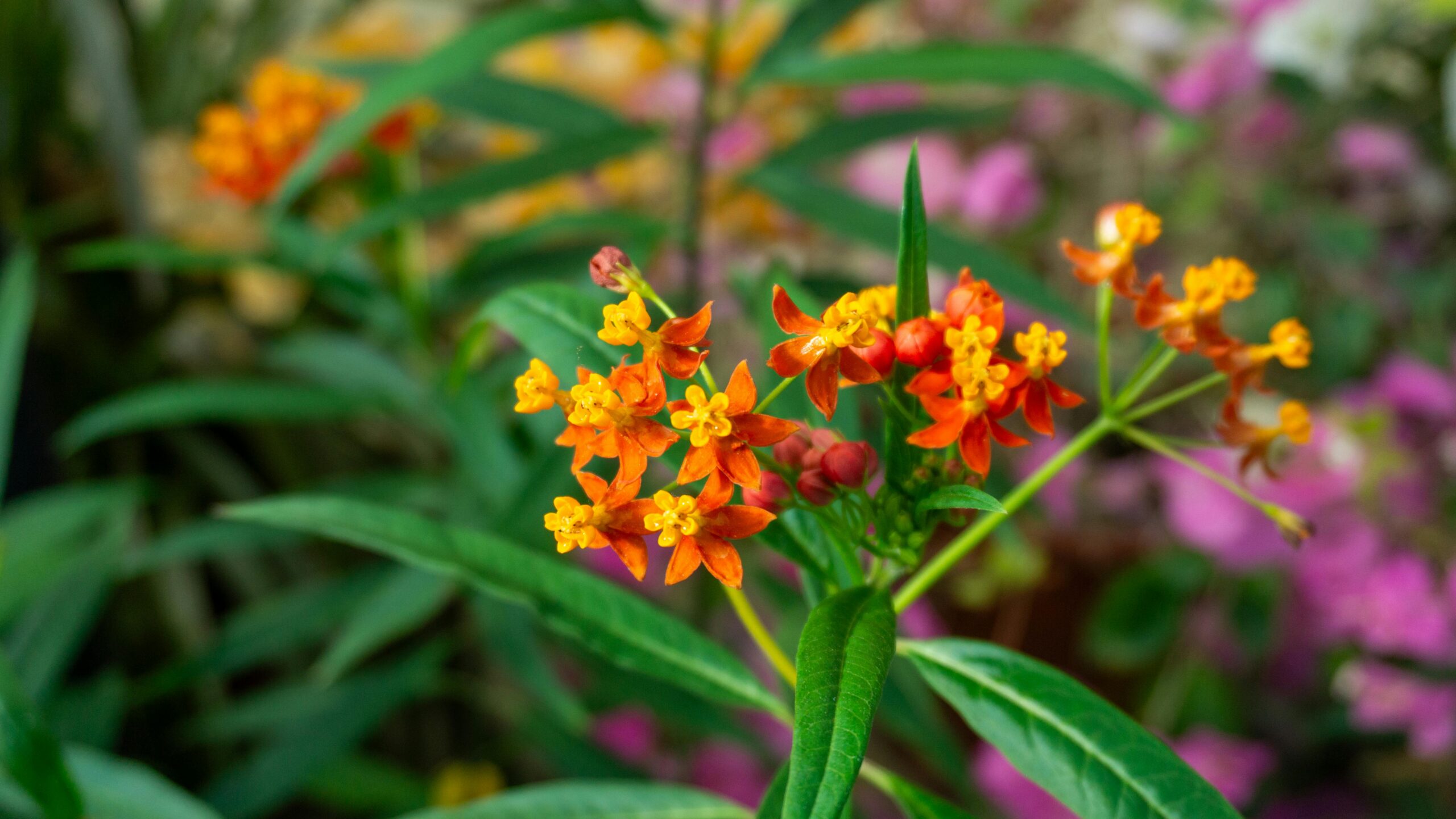
Milkweed is essential for monarch caterpillars, but planting it near wasp nesting areas can put butterflies at risk. Choose a spot in your garden that is away from places where wasps usually gather, such as near trash bins or fruit trees. This simple move lowers the chances of wasps finding the caterpillars. Keep an eye on the surrounding environment to pick a safe location for milkweed.
Wasps are attracted to certain plants and food sources. By avoiding these areas, you give monarchs a better chance to grow without threats. Milkweed needs plenty of sunlight, so balance safety with the plant’s needs. Regularly check the milkweed to remove any eggs or larvae that seem to be under attack.
Use Natural Wasps Repellents Like Peppermint Oil
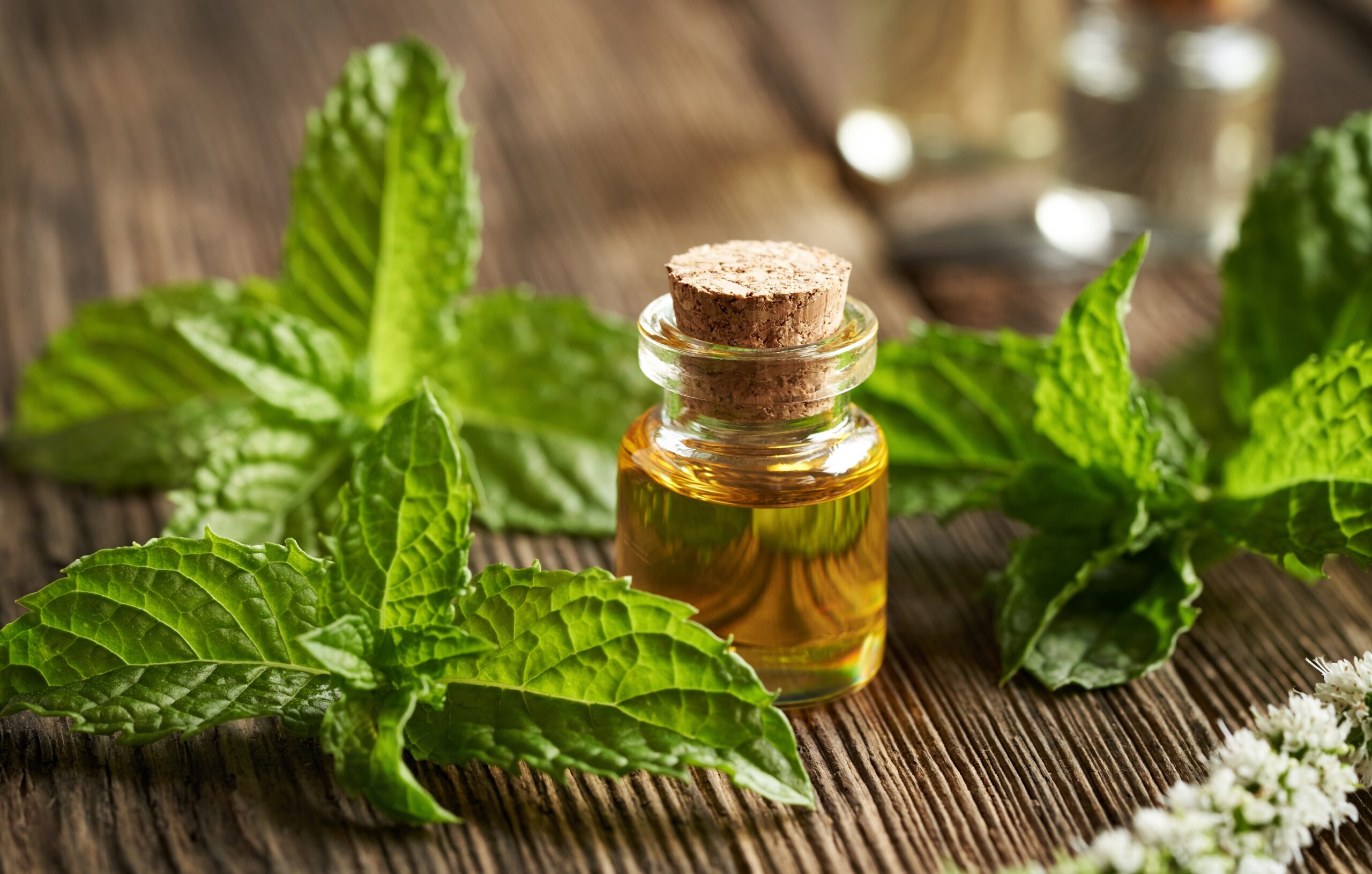
Peppermint oil works well to keep wasps away without harming butterflies. You can spray diluted peppermint oil around your milkweed and butterfly garden to create a scent barrier. Wasps dislike the smell, but it does not affect monarchs or other beneficial insects. This method is safe and easy to repeat as needed.
Make sure to reapply the peppermint oil after rain or watering. Use a gentle spray to avoid soaking the plants. This natural option helps control wasps without using harsh chemicals. It also keeps your garden smelling fresh and inviting.
Provide Safe Shelter With Butterfly Houses
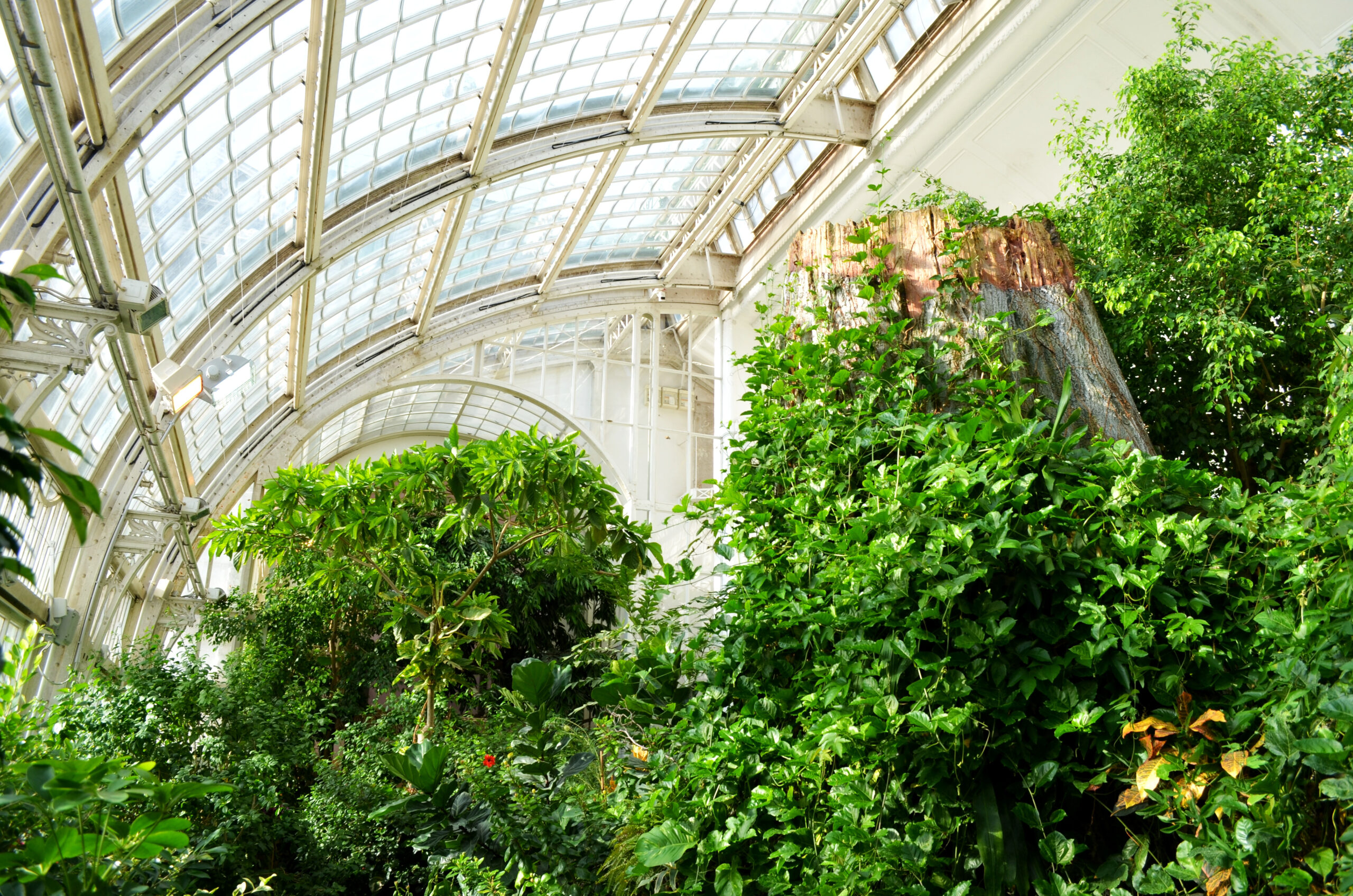
Butterfly houses give monarchs a protected space to rest and hide from predators. Place these houses near your milkweed plants but away from open areas where wasps can easily attack. Choose designs with narrow entrances to keep wasps out. This offers butterflies a quiet spot to hide during vulnerable stages.
Keep the houses clean and dry to prevent mold or unwanted pests. Check them regularly for signs of use by monarchs. Butterfly houses can also attract other helpful pollinators, adding value to your garden. Position them where they receive morning sunlight to warm the butterflies gently.
Plant Wasp-Repelling Flowers Nearby
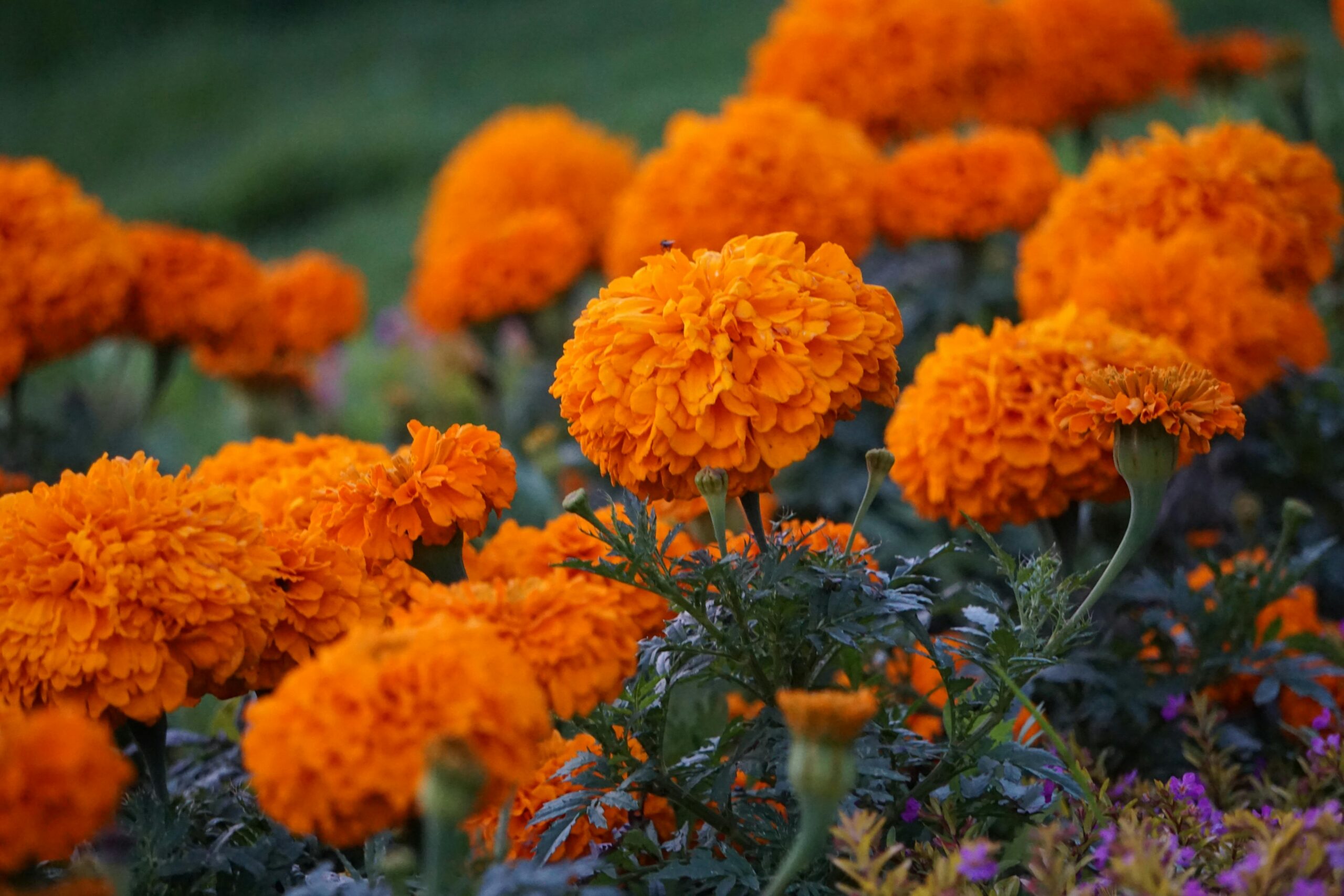
Certain flowers, such as eucalyptus, citronella, and marigolds, are known to repel wasps naturally. Adding these plants around your butterfly garden creates a natural barrier. Wasps tend to avoid these scents, giving monarchs a safer environment. This method fits well into a garden designed to support wildlife.
Plant a mix of these flowers for continuous protection through different seasons. Marigolds also attract other beneficial insects that help keep pests in check. Maintain these plants with regular watering and trimming. Their presence adds color and life to your garden, making it more enjoyable.
Remove Fallen Fruit and Sweet Food Sources
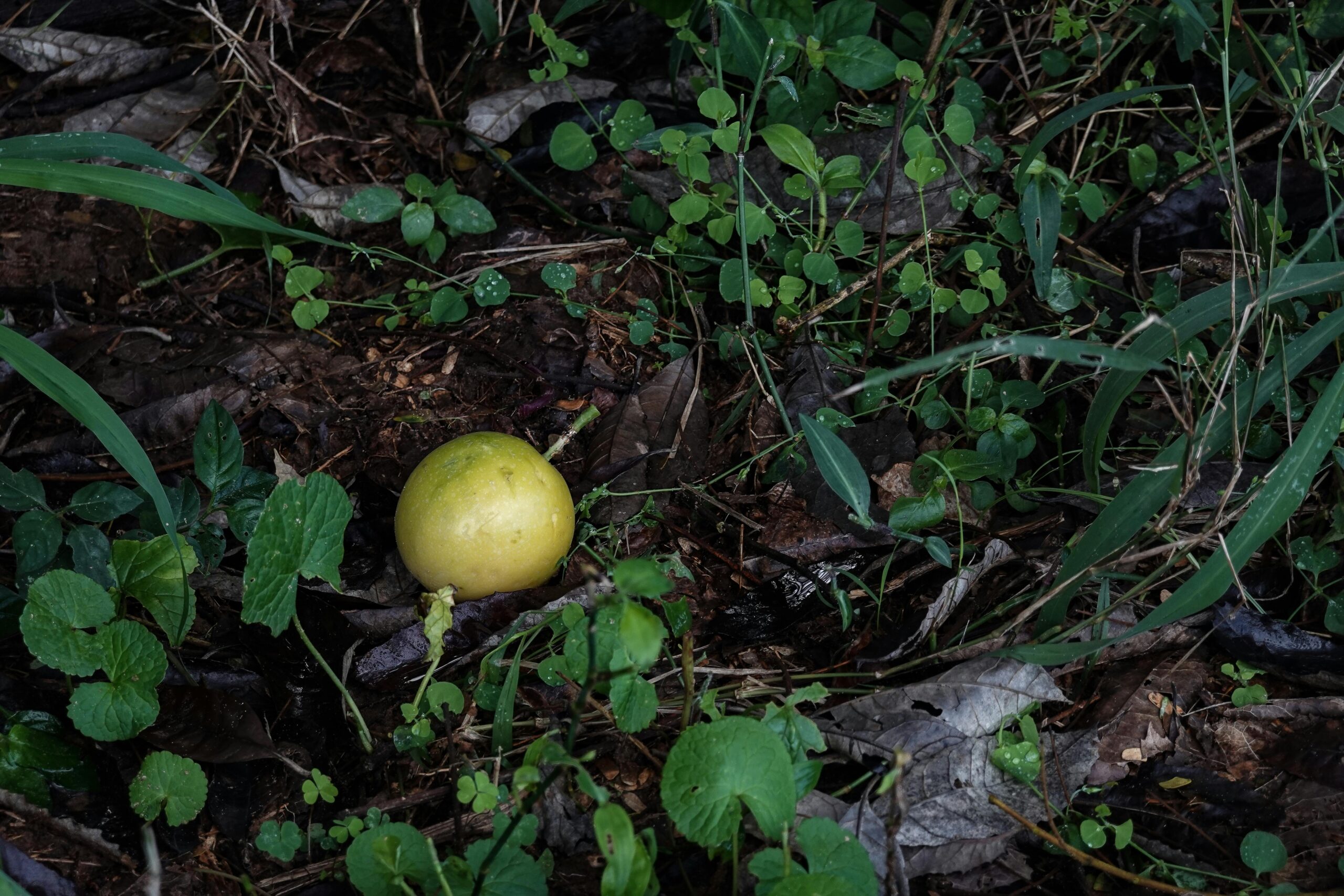
Wasps are highly attracted to sweet foods, especially overripe or fallen fruit. Clearing away any fruit or sugary residues from your garden reduces wasp activity near your monarchs. Regular cleanup discourages wasps from lingering in the area. This simple habit makes a big difference in protecting caterpillars and butterflies.
Check under trees and bushes for any dropped fruit daily during the growing season. Compost or dispose of the fruit far from your butterfly garden. Avoid leaving open soda or juice containers outside, as they also attract wasps. Keeping the area clean creates a less inviting space for wasps to hunt.
Install Yellow Sticky Traps Away From Butterfly Areas
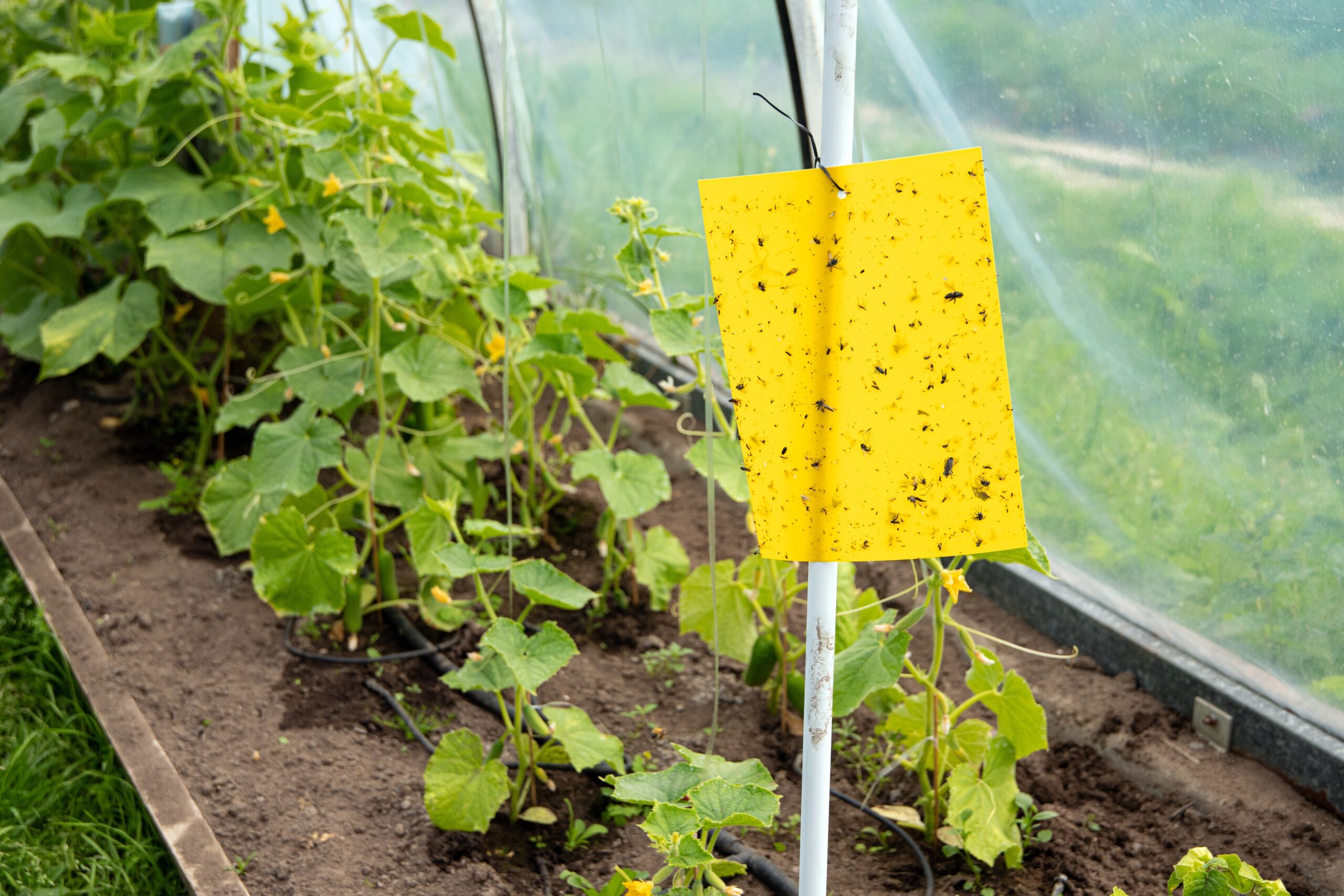
Yellow sticky traps attract wasps but can be placed away from milkweed to capture them safely. Position these traps around the garden perimeter or near wasp nests. They reduce wasp numbers without affecting butterflies, which are less attracted to sticky traps. This control method helps keep wasps in check without chemicals.
Check and replace the traps regularly to maintain effectiveness. Make sure traps are out of reach of children and pets. Combine traps with other strategies for the best results. This low-maintenance option is useful in managing wasp populations over time.
Encourage Birds That Eat Wasps
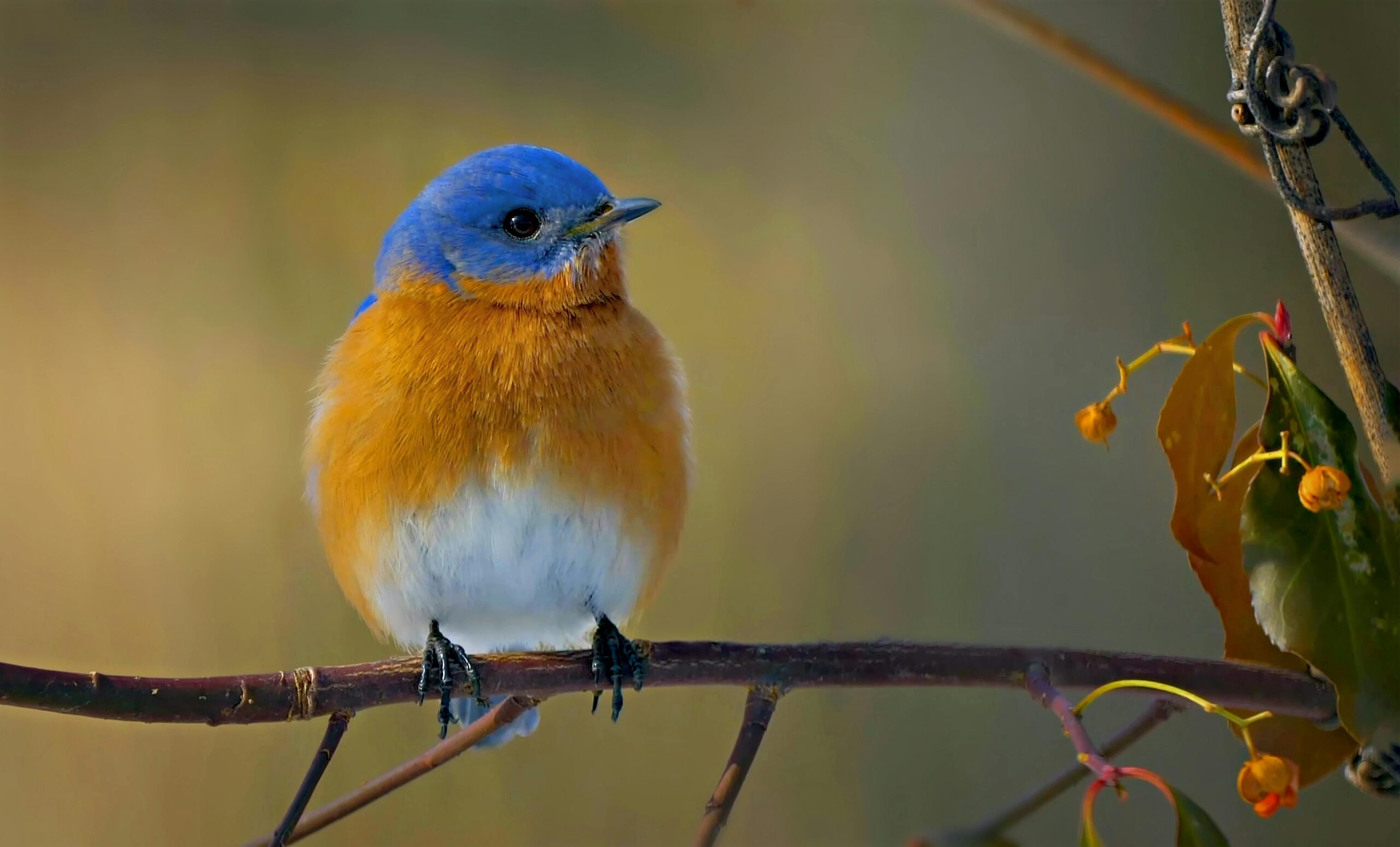
Some birds, like bluebirds and wrens, naturally hunt wasps and their larvae. Attracting these birds to your garden can help control wasp numbers. Provide bird feeders, water, and safe nesting spots to invite them. Birds add beauty to the garden while helping protect monarchs.
Avoid using bird feeders with sweet liquids that attract wasps instead of birds. Keep feeders clean to prevent disease. A bird-friendly garden creates a balanced environment where monarchs and birds can coexist safely. Regular observation helps you know which bird species are present.
Create a Small Water Source for Wildlife
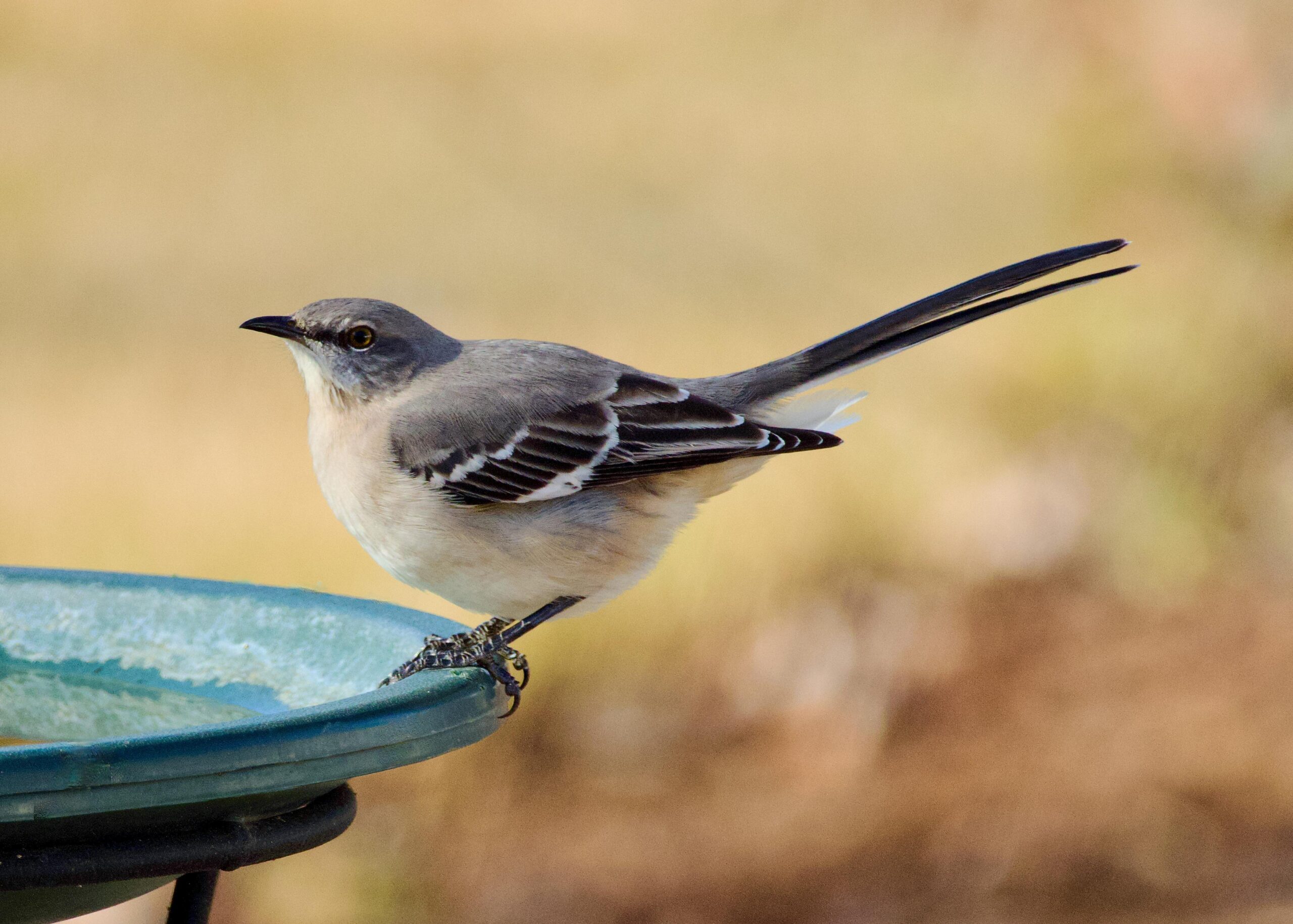
Wasps and butterflies both need water, but providing a controlled water source encourages them to stay in separate areas. A shallow dish with pebbles or a small birdbath placed away from milkweed can keep wasps occupied. This reduces their roaming near caterpillars and butterflies. Clean the water regularly to avoid mosquito breeding.
Use fresh water daily during hot weather. Adding a few drops of apple cider vinegar near wasp water sources can discourage wasps without harming other wildlife. This trick helps keep wasps hydrated without endangering monarchs. Water features also attract other helpful insects like bees.
Remove Wasp Nests Carefully and Early
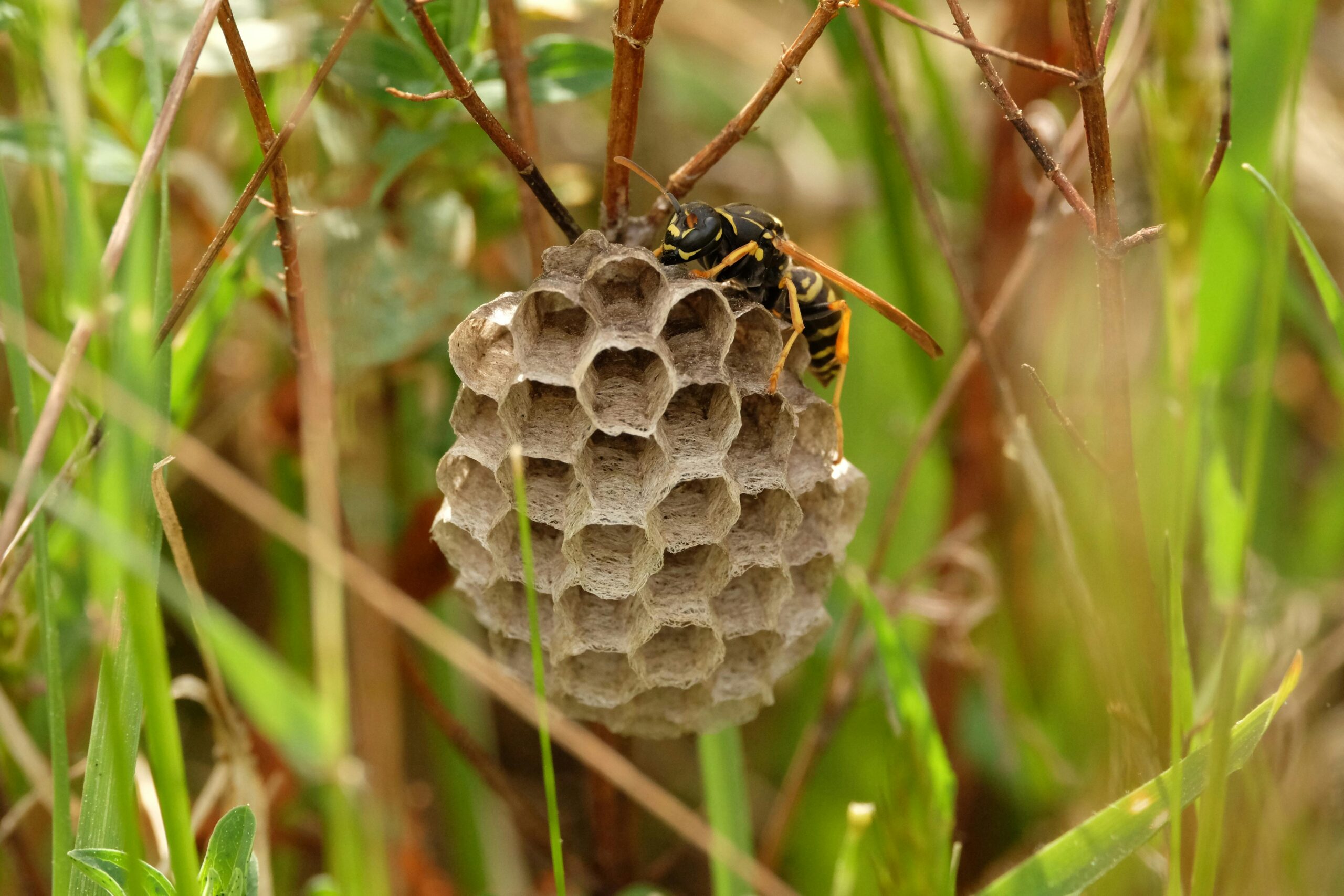
If you find a wasp nest close to your butterfly garden, remove it safely before it grows large. Early removal limits wasp numbers and reduces attacks on monarchs. Use protective clothing and tools designed for pest control, or call a professional if needed. Never destroy nests during peak butterfly activity to avoid disturbing monarchs.
Timing is important, so remove nests in the early morning or late evening when wasps are less active. Dispose of nests far from your garden to prevent wasps from returning. Regularly inspect your garden for new nests. Keeping wasp populations low helps monarchs thrive.
Use Mesh Covers Over Milkweed Plants
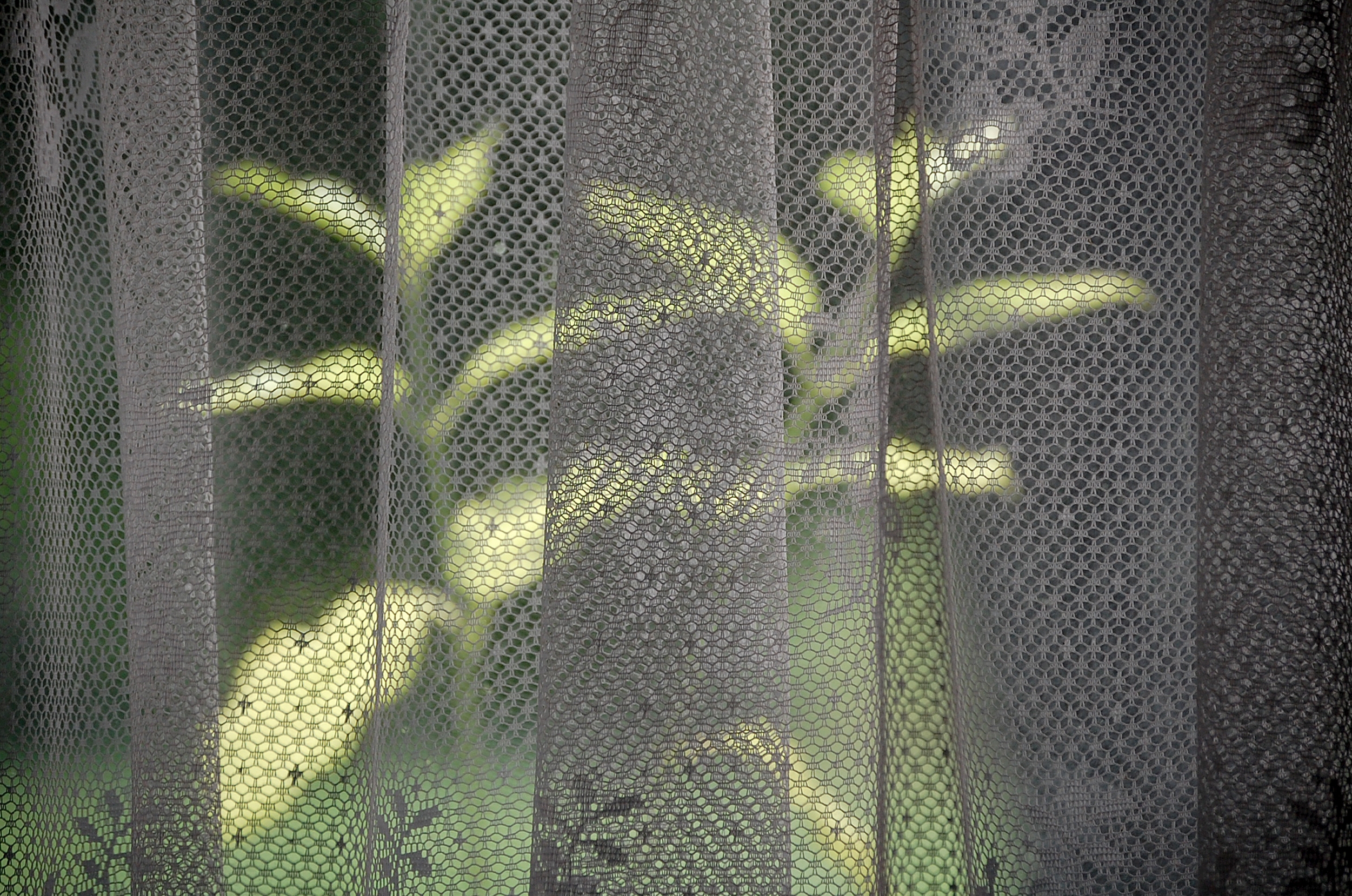
Covering milkweed with fine mesh netting protects caterpillars from wasps while allowing air and sunlight through. This physical barrier stops wasps from reaching monarch larvae without harming them. Mesh covers are lightweight and easy to install. They provide peace of mind during vulnerable stages of butterfly development.
Make sure to secure the edges well to prevent wasps from slipping inside. Remove the netting once the caterpillars have grown or formed chrysalis. Check plants regularly to keep them healthy under the cover. This method is especially helpful in gardens with high wasp activity.
Avoid Using Broad-Spectrum Insecticides
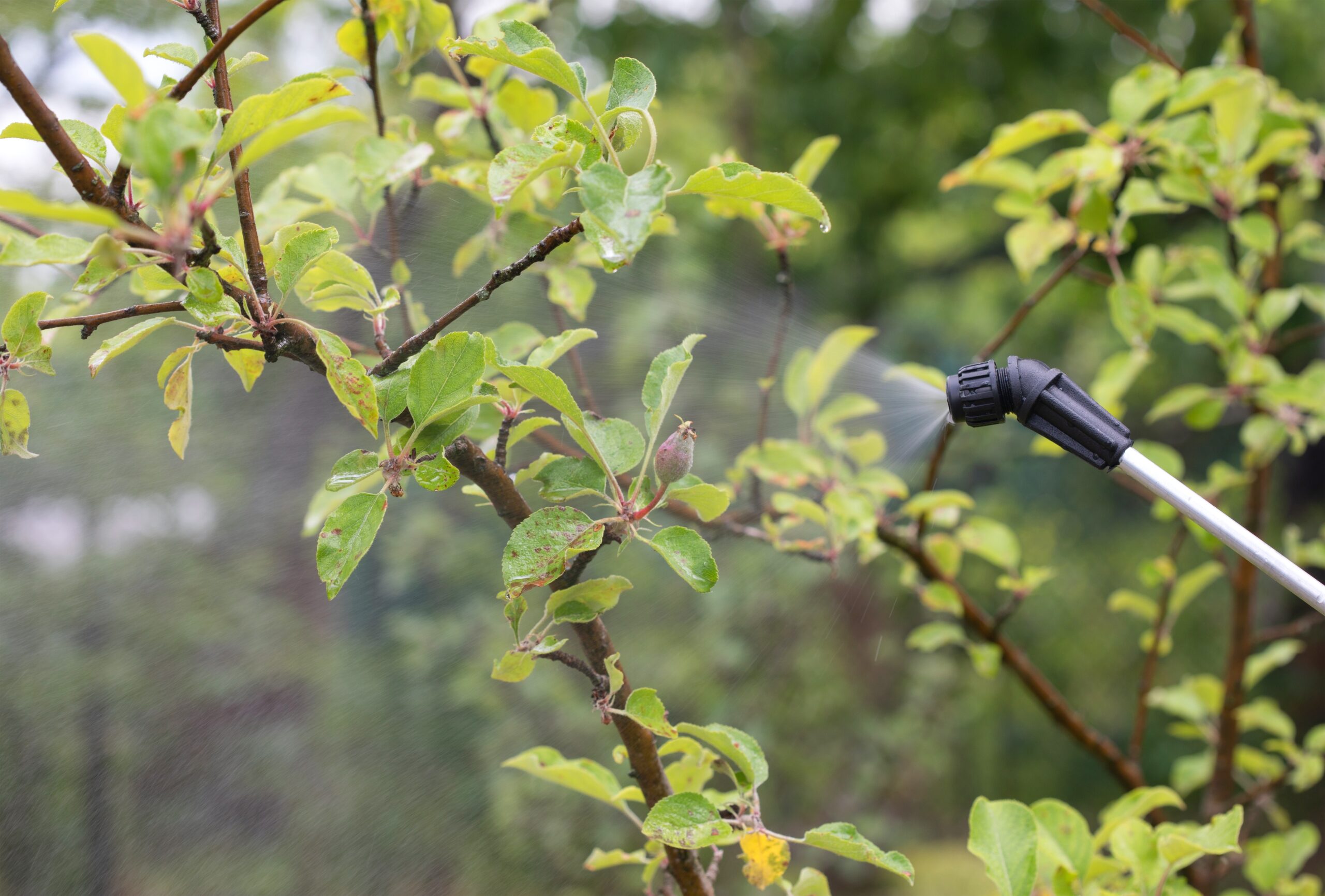
Spraying insecticides can harm monarch butterflies as well as wasps. Instead of using broad-spectrum chemicals, choose targeted methods or natural options. Protecting butterflies requires careful selection of pest control. Chemicals can reduce butterfly populations and damage the garden’s balance.
Read labels carefully before applying any product in your garden. Opt for organic or insect-specific treatments if needed. Use insecticides only as a last resort to protect your monarchs. Keeping the environment safe supports all pollinators and wildlife.
Introduce Parasitic Wasps That Target Pest Wasps
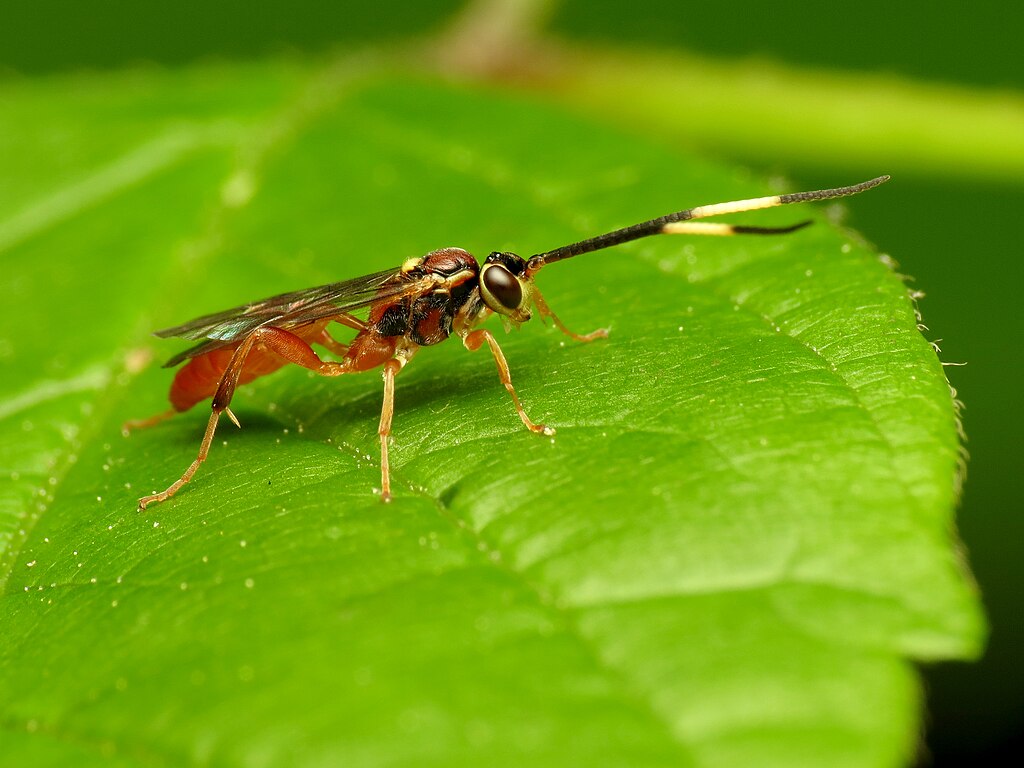
Some small parasitic wasps naturally control aggressive wasp species. These parasitic wasps lay eggs inside pest wasps, reducing their numbers over time. Introducing them can balance wasp populations in your garden. This natural form of control helps protect monarch butterflies indirectly.
Make sure to research local species before releasing any parasitic wasps. Work with local gardening or wildlife experts to avoid introducing harmful species. This approach works best when combined with other wasp control strategies. It encourages a healthy ecosystem without chemicals.
Plant Milkweed Varieties That Are Less Attractive to Wasps
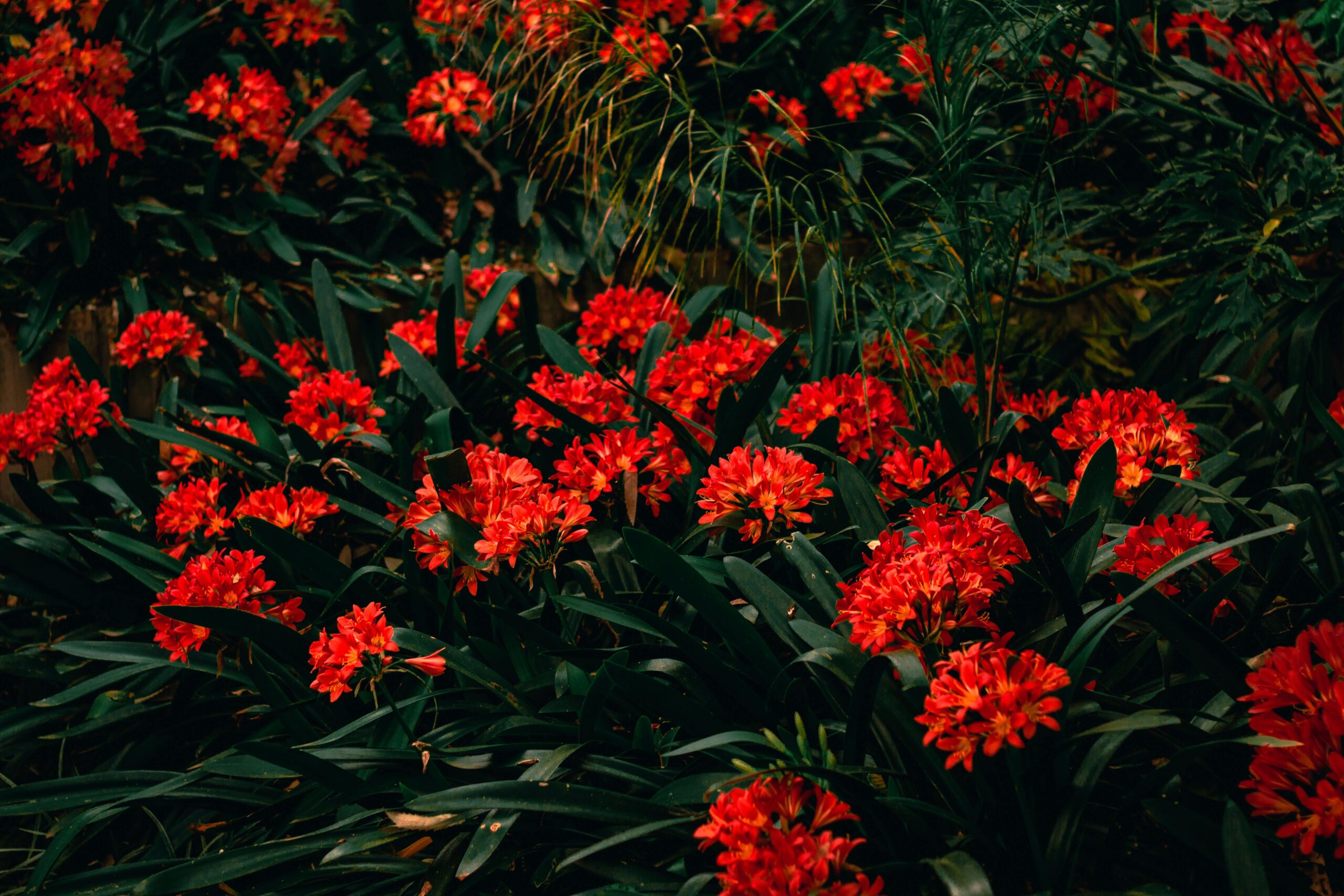
Certain milkweed species produce scents or chemicals that wasps avoid. Choosing these varieties can lower the risk of wasp attacks on monarch caterpillars. Examples include butterfly weed and some tropical milkweeds. These plants still support monarch growth but add a layer of protection.
Check with local nurseries to find milkweed types suited to your climate. Plant a mix of varieties for diversity and resilience. Monitor caterpillar growth and wasp activity to see which plants work best. This method supports monarchs naturally while limiting wasp interest.
Regularly Inspect Your Garden for Early Signs of Wasps

Keeping a close watch on your garden helps catch wasp problems early. Look for increased wasp activity, new nests, or damaged caterpillars. Early detection allows you to take action before wasps cause serious harm. Set a schedule to check your garden at least once a week during warm months.
Note any changes in butterfly behavior that might indicate stress from predators. Use a notebook or app to track wasp sightings and removal efforts. Staying aware keeps monarchs safer and improves your success. This habit helps maintain a healthy and happy garden for all wildlife.
This article originally appeared on Avocadu.
